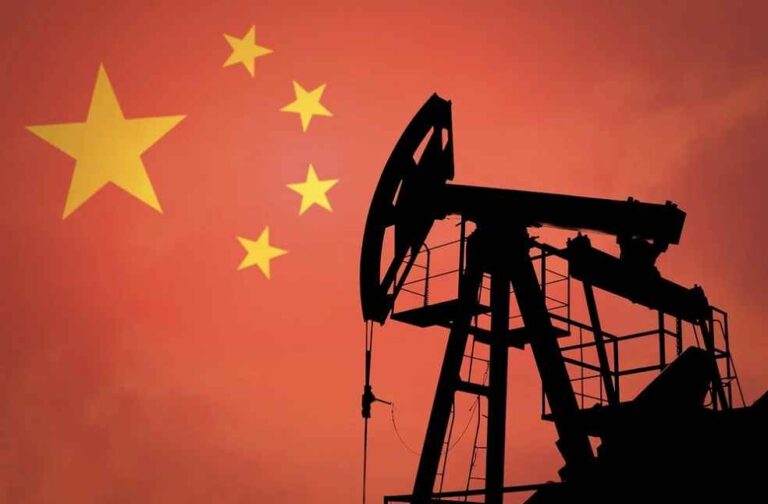The initial chapters of 2024 unfurl an intriguing narrative with China’s crude oil imports swelling, igniting discussions on potential repercussions for global oil demand and pricing landscapes. This uptick, while fostering optimism regarding China’s capacity to influence the market, leaves the comprehensive impact of its purchasing behavior enveloped in anticipation.
Data from Chinese authorities signal an ascent in crude oil imports during January and February 2024, marking an elevation from the corresponding stretch in the preceding year. This rise, despite the comparably low baseline set in early 2023 and a decrement relative to December 2023, underscores the complexities entwined with forecasting China’s long-term influence on global oil dynamics.
The Lunar New Year, synonymous with augmented fuel demand, partially elucidates the surge in imports. Reports from China’s General Administration of Customs detail oil cargo arrivals at 10.74 million barrels per day (bpd) in the first duo of months in 2024, a modest climb from approximately 10.4 million bpd during the identical period of 2023. Yet, a recalibration for 2024’s leap day in February adjusts the growth rate to a mere 3.3% year-over-year increase, illuminating the nuanced nature of the data.

A pinnacle in crude imports at 11.39 million bpd in December 2023, propelled by a downturn in international oil prices, aligns with China’s strategic purchasing behavior—capitalizing on lower prices to bolster reserves, irrespective of domestic and export demand levels.
Despite the early 2024 surge, analysts from ING, Warren Patterson, and Ewa Manthey, spotlight a subdued overall buying trend, attributing it to a confluence of slowing refinery demand, economic ambiguities, and burgeoning inventories within China. This analysis suggests a circumspect approach to overseas crude purchases, influenced by broader market and economic indicators.
The international oil tapestry, particularly with OPEC+’s strategic maneuvers and price ascensions above $80 a barrel, could further sculpt China’s import activities in the subsequent months. The prospect of softer imports in April and May reflects the intricacy between contractual pricing and market predictions.

Adjustments in fuel export quotas may catalyze a shift in refinery output and international product exports, following a significant downturn in the initial months of 2024. The potential for a robust economic resurgence in China poses both opportunities and challenges for the global oil market. While a revival could amplify oil demand and imports, escalating prices may prompt a strategic pullback to inventory reliance.
China’s pivotal role in the 2024 oil demand growth narrative accentuates the nation’s strategic position within the global energy landscape. As the global community keenly observes China’s next steps, the interplay between economic recovery, market dynamics, and strategic purchasing will undeniably sculpt the contours of global oil demand and pricing in the forthcoming year.
LATEST NEWS | Italy and Central Asia Unite to Boost Trade via Strategic ‘Middle Corridor’



